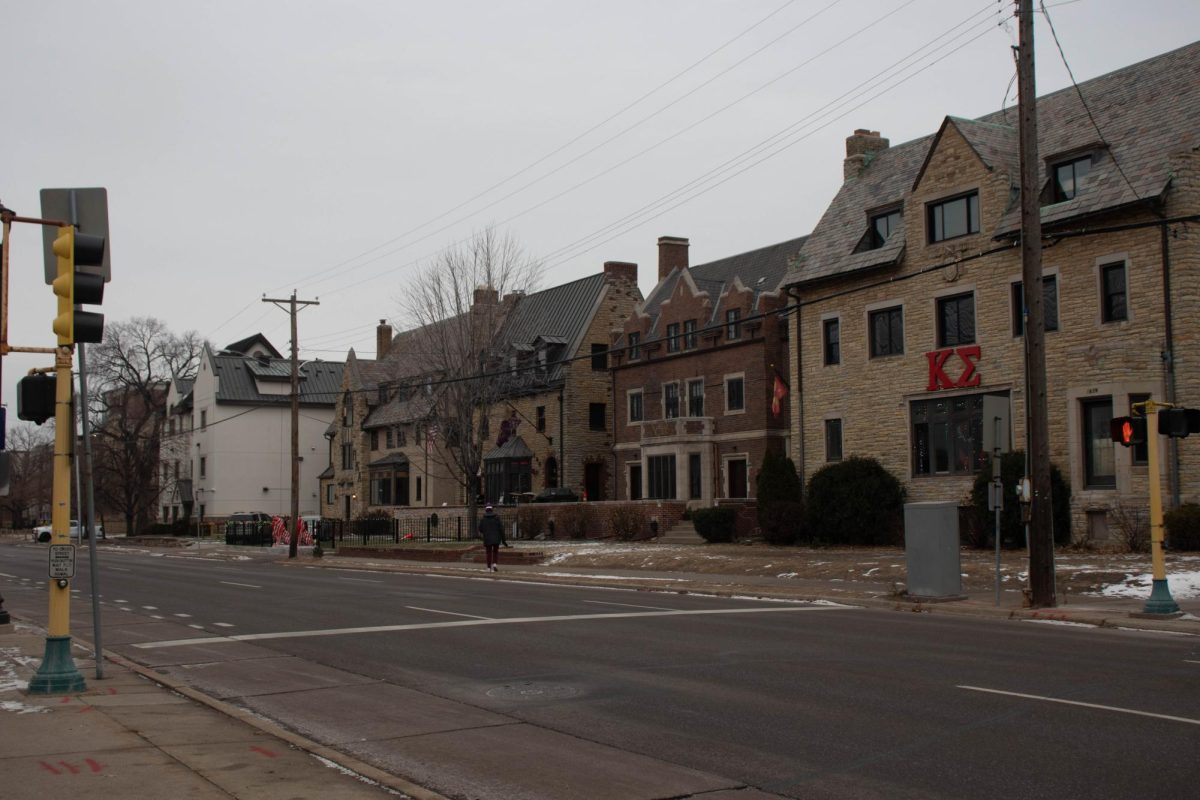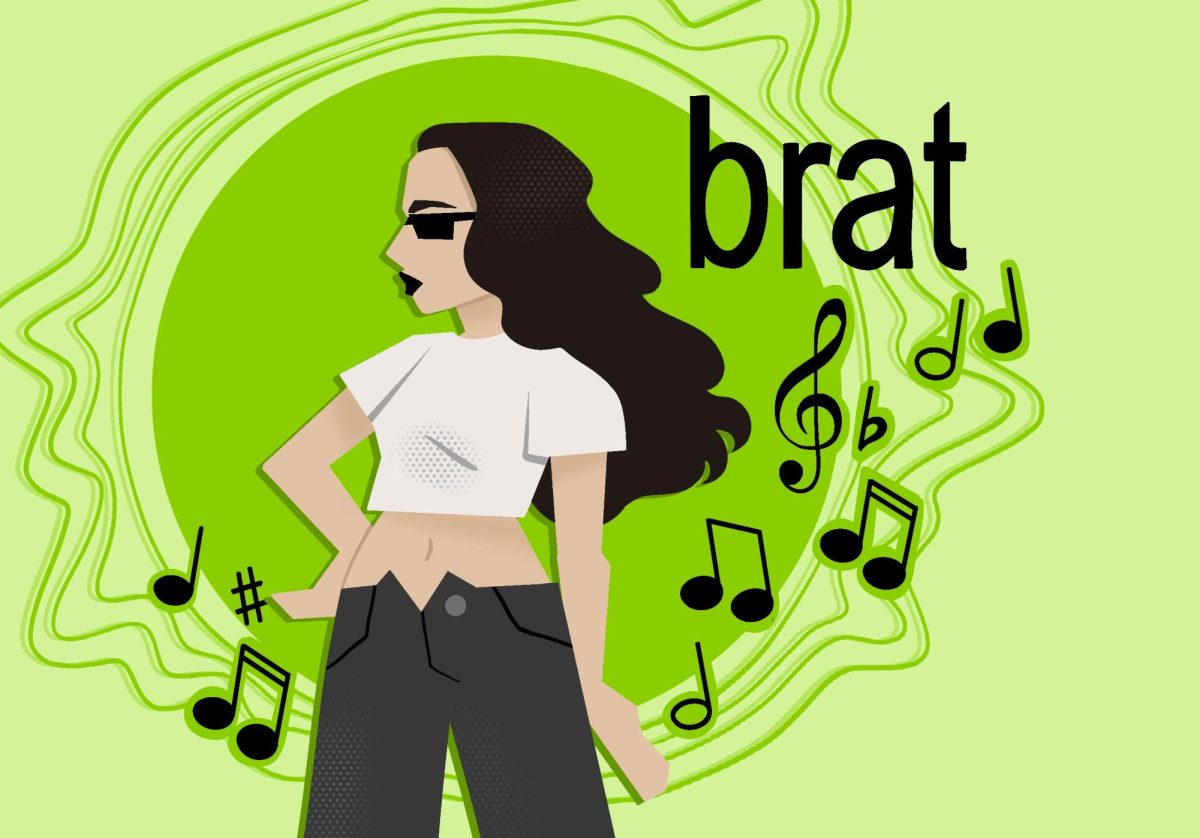With only 4 1/2 weeks of the semester left, summer is fast approaching – and that means it’s time to start planning for summer trips. Europe remains an ever-popular destination for U.S. backpackers. When my fall semester finals at the University of Edinburgh ended, I spent two weeks traveling around Central Europe. I later found out that three of the cities I visited – Budapest, Vienna and Prague – are predicated to be three of the “it” places for 2005. Normally, I wouldn’t be caught dead telling people to jump on the bandwagon, but these three cities are actually worthy of popularity.
I flew into the Budapest (in Hungarian it’s pronounced like Buda-pesht) airport from London on easyJet, a budget airline. Although Budapest, like most European cities, has an excellent transportation system of buses, street cars (light rail) and subways, at night I thought it was worth it to pay the 1,800 Hungarian forints for the airport’s taxi van service. There are approximately 188 forints to a U.S. dollar.
Hungary (Magyarorsz to natives) and the Czech Republic (Cecha) joined the European Union in 2004, but they are unlikely to start using the euro until 2006. Once they switch to the euro, things won’t be nearly as cheap as they are now.
I stayed at Hostel Marco Polo in downtown Pest (Budapest is actually three cities: Buda, Pest and Obuda) for approximately $20 a night in a dorm room that could hold 12 people, but there were never more than a few other people in the room with me (during summer it will probably be more full). It was nice and clean and breakfast was included, but I didn’t like that it asked patrons to leave their front key at the desk when not in the hostel (my hostel in London did that too).
I reserved my hostels ahead of time, but I bought all of my train tickets while traveling. I wasn’t going to be traveling around Europe long enough for a rail pass to be cheaper than just buying the tickets straight out. A ticket from Budapest to Vienna was approximately $20.
I spent three days in each city, but that wasn’t nearly enough time. My favorite sites in Budapest were: the Budapest Opera House, where I got to go to the ballet for $9; the Great Synagogue (which looks like a Mosque on the outside and a Catholic church on the inside); the Hungarian Parliament (a neogothic structure); the Franz Liszt Museum; and Rozsavolgyi house and Torak bank house. These two houses stand next to each other, but Rozsavolgyi is an example of early Modernism from 1912, while Torak is an example of fin-de-siecle (a sensual style of the late 19th century).
My train from Budapest to Vienna (Wien, Osterreich in German and Deutsch, respectively) arrived at the Westbahnhof (west train station). I stayed in a five-person room at Hostel Ruthensteiner, which was within walking distance of the Westbahnhof. A three-day public transportation pass costs 12 Euros. (One euro is approximately $1.30). Budapest, Vienna and Prague all sell (insert city name here) cards, which act as a transport pass and give you discounts at museums. I already had an international student card that gave me discounts greater than the city cards, but if you don’t have that, the city cards are a good deal.
A must-see in Vienna is the Oberes (Upper) Belvedere Museum, where Gustav Klimt’s “The Kiss” is on display. At the Unteres (Lower) Belvedere, you can tour a country house (palace) of the type that I studied during my semester abroad.
Vienna is the birthplace of Succession, a type of Art Nouveau architecture (fin-de-siecle is also a type of Art Nouveau) that started the trend of the interiors of museums being white boxes – a blank slate for display – unlike older museums where the architecture of each room is matched to the items to be displayed in that rooms – such as can be seen at Kunsthistoriches Museum (art history museum). This is a part of the Kaiserplatz complex, which was the seat of the Hapsburg Empire. A part of the Kaiserplatz (Emperor’s) apartments remain open for touring. Included in the tour is the Sisi Museum, devoted to Empress Elisabeth, the Princess Di of the 1800s. Vienna’s Opera House is ranked with New York’s and Milan’s as one of the three best in the world. Near it is Hotel Sacher, where one can eat the world-famous Sacher Torte. (Not realizing it is chocolate cake with a layer of apricot jam and chocolate coating, I ordered hot chocolate with it, which was served with a tiny glass of water next to it, as coffee in Vienna is traditionally served. The double dose of chocolate was a bit too much.)
My train ticket from Vienna to Prague was approximately $50. There are approximately 22 Czech Republic kroner (CRK) to a dollar. I stayed in a dorm room at Hostel Dlouha for approximately $13 a night. I went to a restaurant called Apetit just down the block, which took credit cards, as not every Central European restaurant does. (In the Czech Republic and Hungary, tipping rates are 10 percent, in Austria it’s 5 percent.)
Highlights in Prague (Praha in Czech) were the Statni (State) Opera, the Museum of Communism and Muncha Museum (an Art Nouveau artist). Also worth visiting are the Praha Hvrad (Prague Castle) complex (where you can visit a tiny house where writer Franz Kafka lived) and Tancici Dum (Dancing House in Czech), so named because this building by Frank Gehry is tall and straight on the corner (like Fred Astaire) while the other section flares out like Ginger Rogers’ dancing skirt.
Just another example of the blend of historic and modern charms to be found in Central Europe.
RRS Stewart welcomes comments at [email protected].







